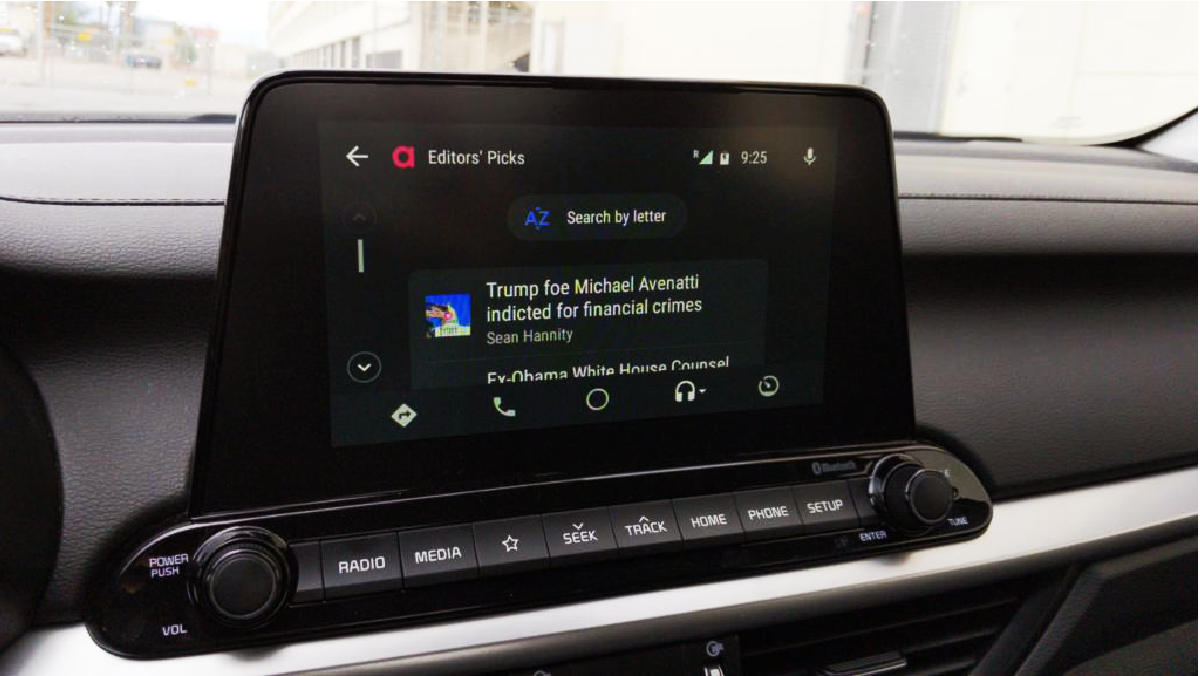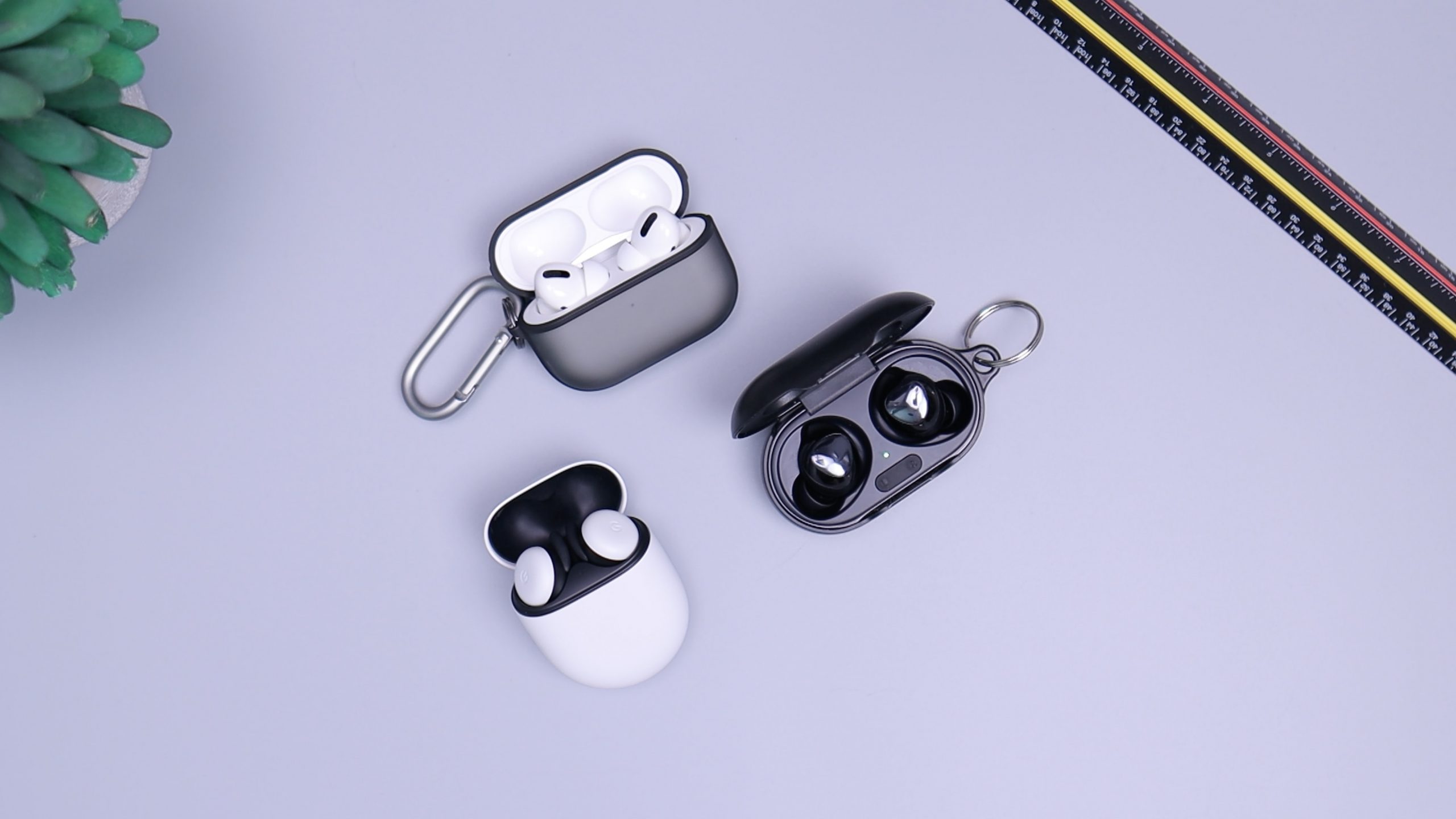Audioburst is excited to announce new investments and strategic partnerships with Dentsu and Hyundai
Spring is the time of year for new beginnings and growth, and at Audioburst, we are leaning into the season with an announcement of two new strategic and investment partnerships.
Today Audioburst is unveiling plans to build unique advertising and in-car voice-based experiences with brands Dentsu Inc. and Hyundai Motor Company, respectively.
These partnerships are accompanied by investments, in conjunction with existing investors, totaling $10M. In addition to our partnership announcements, we are also pleased to share our plans to launch Audioburst in the Japanese market at the end of 2019, marking our first move outside of English-language content.
“The investments signal an industry acknowledgment for consumer demand of voice-based experiences, and Audioburst’s unmatched ability to deliver that technology” — Amir Hirsh, Co-Founder and CEO, Audioburst.
“It also provides us the ability to expand and expedite our technology offering, and tap into a larger ecosystem of investors and partners in the car, media, advertising, and technology spaces.”
From 0 to… 9: The origins of voice tech
Long before our current era of ‘smart’ phones, speakers, and cars, people had a strong desire to crack the code of voice technology.
The first voice recognition technologies emerged in the 1950s and 60s, but with limited capabilities. Developed by Bell Laboratories in 1952, ‘Audrey’ was the world’s first voice-assistant with the ability to recognize digits 0–9 when spoken by a human counterpart.
A few years later in 1962, IBM’s ‘Shoebox’ debuted at the World’s Fair. It too recognized numbers 0–9, but could also do basic computational tasks and understood 16 English words.

William Dersch’s Shoebox
While this may not sound like a substantial feat, as an article in PC World notes, “these first efforts were an impressive start, especially when you consider how primitive computers themselves were at the time.”
Over the next few decades, the field of speech recognition continued to make progress, but it wasn’t until Google added voice search to its mobile app for iPhone (2008) and Apple unveiled ‘Siri’ (2011) that voice as a true consumer option became a reality.
“What we really want to do is just talk to our device, ask a simple question, and get a response! In fact, we don’t want to be told how to talk to it, we want to talk to it any way we like” — Philip Schiller on Siri and voice technology at large.
Voice is reaching a crescendo
Voice technology has made exponential advances in the eight years since the release of ‘Siri,’ parallel to an expanding consumer market for voice-controlled products.
According to TechCrunch, U.K.-based analysts at Juniper Research estimate that “there will be 8 billion digital voice assistants in use by 2023, up from the 2.5 billion assistants in use at the end of 2018.” Read: We’re in the midst of a voice revolution. More and more consumers are using this technology to keep in step with what are increasingly busy and active lifestyles.
From checking in on news and current events to listening to a favorite podcast or radio show, voice is helping today’s consumer access content on-the-go, keeping them both connected and entertained.
Voice and the growing pains of audio
Despite significant advances in technology, voice still falls short in providing ideal listener experiences:
- Without an audio equivalent of the text-based search engine, voice searches still are unable to provide original-voice responses and are more often than not lacking in contextual relevance
- Audio content and the devices it’s distributed on are siloed. It’s hard to listen to a podcast followed by the weather and then check the score from last night’s game all in one app, not to mention all on one platform as we switch from car (infotainment system) to the gym (phone) to our homes (smart speakers)
What does this mean for voice?
Both voice search and audio content listening solutions are ill-equipped to provide seamless transitions in these moments due to competing ecosystems and content offerings.
Moreover, in addition to challenges for the listener, the strategy for voice monetization is still largely undefined, leaving brands and advertisers unsure of how to best tap into this new channel.
But that’s about to change.
Today’s partnership and investment announcements mark the starting point for a shift in the tide to an interconnected ecosystem of voice. Brands and companies can now have the ability to leverage next-gen listening experiences and rise to these challenges, well-positioning themselves to thrive in a new market built on the shoulders of voice.

Audioburst’s in-car infotainment player and search engine
Taking on the in-car voice experience
According to a recent blog post by Chartable, “A quarter of all listeners do the majority of their podcast listening in their car… and as more cars adopt Apple’s CarPlay and Android Auto, people are choosing to listen to podcasts or streaming services like Spotify or Apple Music rather than AM/FM radio.”
This new focus on streaming audio and in-car options beyond the AM/FM dial means that OEMs must act quickly to make these options more easily accessible, or be left behind.
Hyundai plans to add Audioburst’s personalized audio search, playlists, and Deep Analysis API to its Hyundai and Kia models’ infotainment systems providing drivers with an engaging, screen-free, and original-voice experience.
This move will also put the company in a prime position to respond to user behavior, utilizing Audioburst’s ability to understand real-time consumer audio content consumption.
Advertising in the age of voice technology
45% of millennials use voice assistants while shopping and “96% of retailers are investing in technology to allow consumers to shop for their brand on smart speakers,” (RetailMeNot) making the design and implementation of intelligent, audio-based advertising solutions an absolute must when trying to reach today’s consumer.
As such, Dentsu, the 5th largest global advertising agency, will be working closely with Audioburst to build a new market for personalized audio as an effective advertising channel for brands in Japan.
An Audioburst solution will help provide their clients with actionable insights into listener fascinations and behavior.

The future of voice-driven audio content
The road to fully experiencing the power of voice technology has been long, however now that we’ve arrived, it’s time to drill down on the fundamentals of what a good audio experience looks (and sounds) like for the voice-connected listener.
Users want real-time, personalized, immersive listening experiences that rely on voice technology. This means companies need to look deep and provide a user experience that is contextually aware and always keeping their users’ interests, habits, and personalities at the core of discovery.
Thankfully, unlike those early voice pioneers, we don’t have to wait decades for the technology to catch up — Audioburst is here, ready to deliver, via a voice assistant near you.



